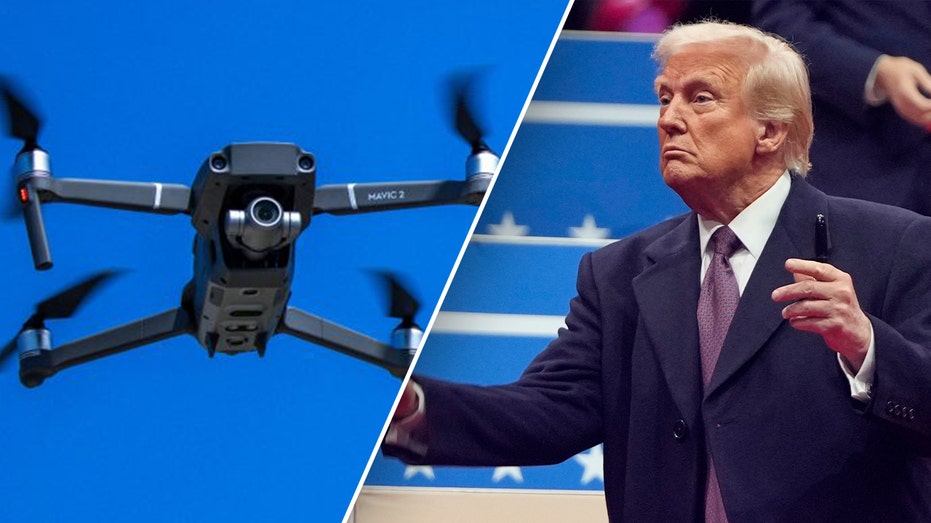Trump Signs Executive Orders to Accelerate Flying Car Development and Reduce Flight Times
President Trump signs three executive orders to advance drone tech, supersonic travel, and airspace security ahead of major events like the World Cup.

President Donald Trump took decisive steps on Friday to reshape the future of American aviation, signing three new executive orders designed to enhance drone innovation, spur supersonic air travel, and reinforce security throughout U.S. airspace. The administration emphasized that these measures are particularly crucial in anticipation of globally significant events the United States is set to host in the coming years, including the World Cup and the Olympics. The policies aim not only to protect the nation's skies but also to ensure American leadership in emerging aerospace technologies.
Key White House officials highlighted the dual benefits of the new directives: both accelerating technological breakthroughs and addressing longstanding regulatory hurdles that have, according to tech policy advisors, stifled U.S. advancement in critical sectors such as drones and supersonic flight. Michael Kratsios, a leading technology policy advisor, stated, "Flying cars are not just for the Jetsons," reflecting the administration's vision for rapid progress. He added that President Trump has prioritized pushing the boundaries of drone applications—with uses spanning public safety, infrastructure inspection, agriculture, and more—but that progress has been hampered by excessive regulation in recent years.
In addition to broadening opportunities for technological innovation, the orders focus on strengthening the sovereignty of U.S. airspace. The directives include initiatives to tackle potential criminal and terrorist threats posed by unmanned aerial vehicles, while also imposing stiffer penalties and stricter controls to curb drone misuse. Sebastian Gorka, a senior counterterrorism director on the National Security Council, underlined the urgency behind these actions, citing public outrage over previous high-profile drone incidents and the need for a robust federal strategy to contend with foreign dominance in aviation platforms and to better safeguard high-value sites and mass gatherings.
The new orders were crafted with an eye towards major upcoming sporting events, such as the FIFA World Cup, where thousands of athletes and spectators will require enhanced protection. Officials assert the directives will facilitate "routine beyond visual line of sight commercial operations," which encompass drone deliveries, critical infrastructure inspections, and deployments during emergencies like wildfires. These advancements will help U.S. businesses unlock new commercial opportunities and enable first responders to utilize cutting-edge technology in critical situations.
Another key goal of the administration’s action is to reduce America’s dependence on foreign drone and aviation technology. By nurturing a climate conducive to domestic innovation and entrepreneurship, officials say the United States will reclaim its position at the forefront of aviation. "These executive orders will accelerate American innovation in drones, flying cars and supersonic aircraft and chart the future of America's skies for years to come," Kratsios said. He concluded, "Our message is simple. American innovation belongs in American aerospace."




